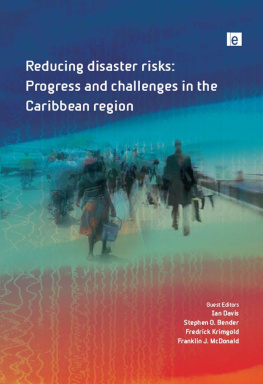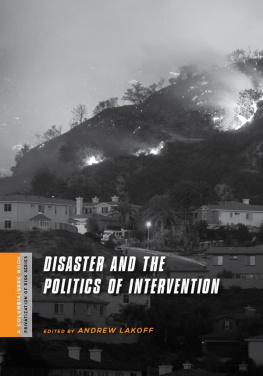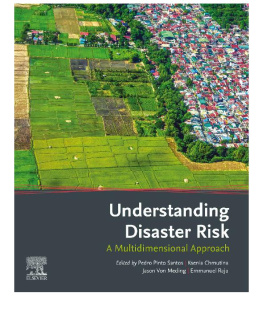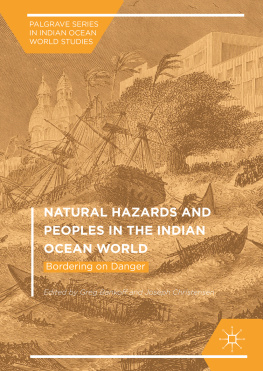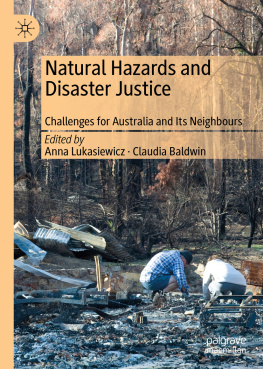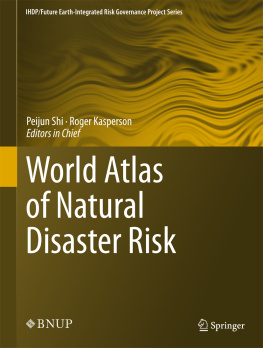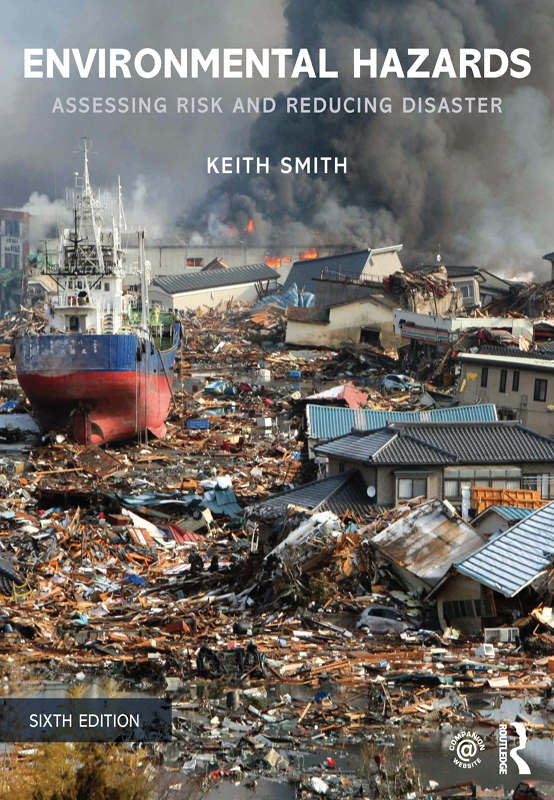Keith Smith - Environmental Hazards: Assessing Risk and Reducing Disaster
Here you can read online Keith Smith - Environmental Hazards: Assessing Risk and Reducing Disaster full text of the book (entire story) in english for free. Download pdf and epub, get meaning, cover and reviews about this ebook. year: 2013, publisher: Routledge, genre: Politics. Description of the work, (preface) as well as reviews are available. Best literature library LitArk.com created for fans of good reading and offers a wide selection of genres:
Romance novel
Science fiction
Adventure
Detective
Science
History
Home and family
Prose
Art
Politics
Computer
Non-fiction
Religion
Business
Children
Humor
Choose a favorite category and find really read worthwhile books. Enjoy immersion in the world of imagination, feel the emotions of the characters or learn something new for yourself, make an fascinating discovery.

- Book:Environmental Hazards: Assessing Risk and Reducing Disaster
- Author:
- Publisher:Routledge
- Genre:
- Year:2013
- Rating:4 / 5
- Favourites:Add to favourites
- Your mark:
Environmental Hazards: Assessing Risk and Reducing Disaster: summary, description and annotation
We offer to read an annotation, description, summary or preface (depends on what the author of the book "Environmental Hazards: Assessing Risk and Reducing Disaster" wrote himself). If you haven't found the necessary information about the book — write in the comments, we will try to find it.
The much expanded sixth edition of Environmental Hazards provides a fully up-to-date overview of all the extreme events that threaten people and what they value in the 21st century. It integrates cutting-edge material from the physical and social sciences to illustrate how natural and human systems interact to place communities of all sizes, and at all stages of economic development, at risk. It also explains in detail the various measures available to reduce the ongoing losses to life and property. Part One of this established textbook defines basic concepts of hazard, risk, vulnerability and disaster. Attention is given to the evolution of theory, to the scales and patterns of disaster impact and to the optimum management strategies needed to minimize the future impact of damaging events. Part Two employs a consistent chapter structure to demonstrate how individual hazards, such as earthquakes, severe storms, floods and droughts, plus biophysical and technological processes, create distinctive impacts and challenges throughout the world. The ways in which different societies can make positive responses to these threats are placed firmly in the context of sustainable development and global environmental change.
This extensively revised edition includes:
- A new concluding chapter that summarizes the globalization of hazard and critically examines the latest perspectives on climate-related disasters
- Fresh perspectives on the reliability of disaster data, disaster risk reduction, severe storms, droughts and technological hazards
- More boxed sections with a focus on both generic issues and the lessons to be learned from a carefully selected range of recent extreme events
- An annotated list of key resources, including further reading and relevant websites, for all chapters
- 183 diagrams, now in full colour, and available to download on: www.routledge.com/9780415681063/
- Over 30 colour photographs and more than 1,000 references to some of the most significant and recent published material.
Environmental Hazards is a clearly-written, authoritative account of the causes and consequences of the extreme natural and technological processes that cause death and destruction across the globe. It draws on the latest research findings to guide the reader from common problems, theories and policies to explore practical, real-world situations and solutions. This carefully structured and balanced book captures the complexity and dynamism of environmental hazards and has become essential reading for students of every kind seeking to understand this most important contemporary issue.
Keith Smith: author's other books
Who wrote Environmental Hazards: Assessing Risk and Reducing Disaster? Find out the surname, the name of the author of the book and a list of all author's works by series.


